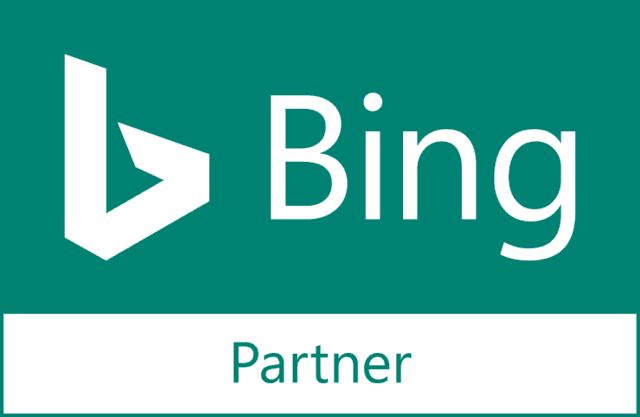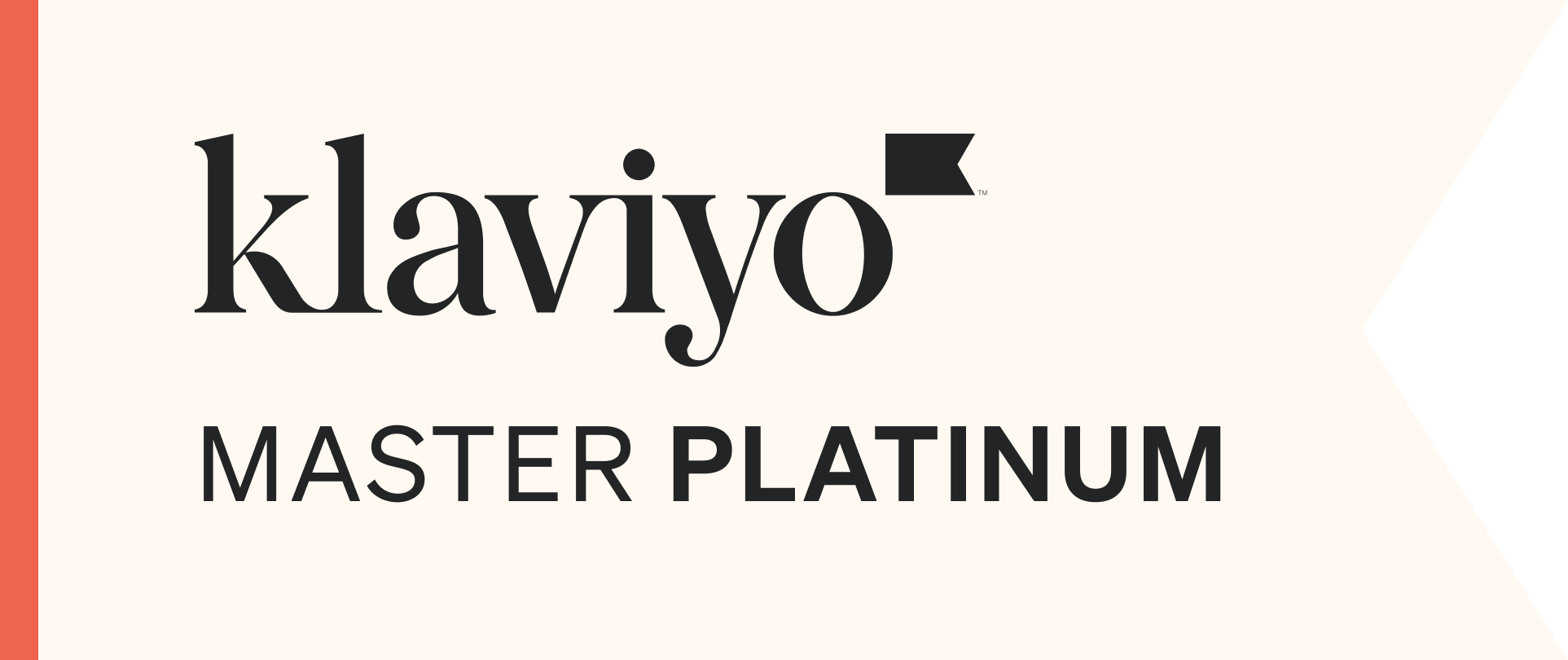By Alan Coleman on 6 Sep 2013
This week’s PPC infographic comes from Deep Footprints. One of the trickiest parts of setting up a Google AdWords campaign is writing engaging and compelling adtexts. Google gives us 95 characters (25 character headline + two 35 character description lines) to make our pitch to potential customers. What’s great about Google AdWords is that it allows you to show your ad to a user as they are searching for your product. And that’s brilliant. But what good is that if you can’t convince people to click on your ad and go on to make a purchase on your website. Without effective adtexts you aren’t taking full advantage of the incredible potential offered by Google AdWords.
You should think of your adtext as your sales pitch; your opportunity to convince the user that you’re the one they should go to, not that other guy. If you can’t get people to your website, how are you going to make any sales?
On the other side of the coin, it’s no good to play fast and loose with the truth in order to get people to your website. If they don’t find what was promised in the adtext, they’re likely to just leave the site without converting, and that is arguably worse than not clicking on the ad in the first place. Use your adtext to pre-qualify your traffic. If, for example, you sell bowling balls starting from €100 and you have an adtext saying “Bowling Balls For €50”, someone may be more likely to click on your ad but once they get to your site and are unable to find the product they want for the price they were promised, they’re just going to leave and look elsewhere. On the other hand, if your adtext said “Bowling Balls From €100”, less people may click on your ad but the ones who do are much more likely to be willing to spend the €100. It seems obvious but it’s amazing how many people try tricks like this, thinking it will pay off. This infographic gives some great suggestions on how to get started writing a compelling adtext. It doesn’t cover all the bases but by breaking the process down into simple, easy-to-digest steps it makes the process far less intimidating. Once you’ve gotten started writing your adtexts, be sure to check out our own top tips on how to get the most out of your adtexts.








